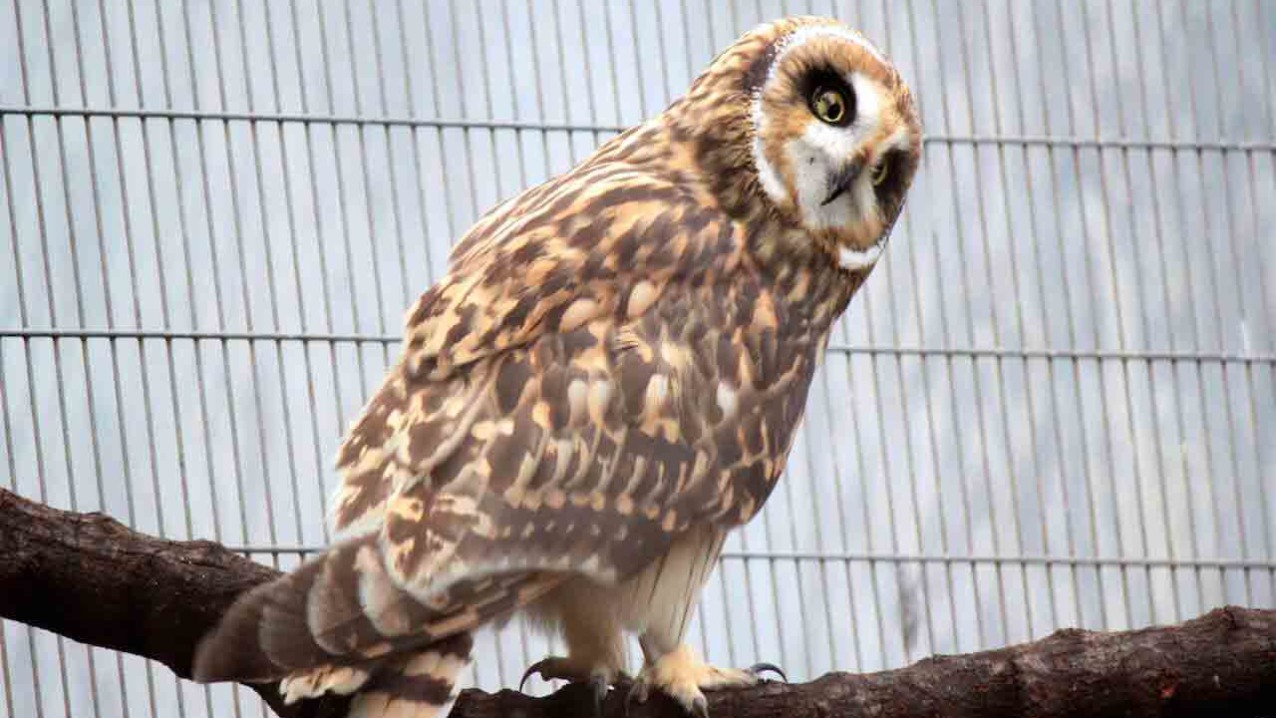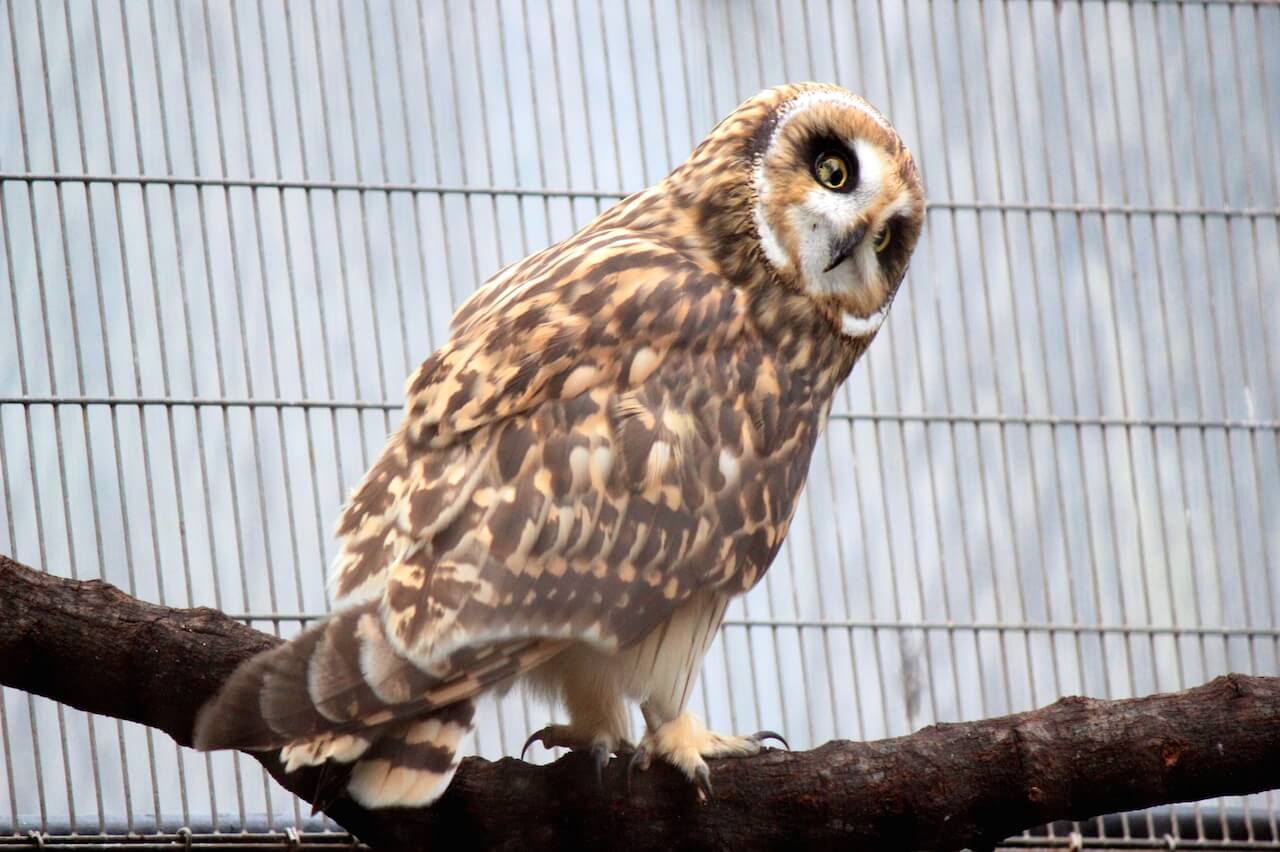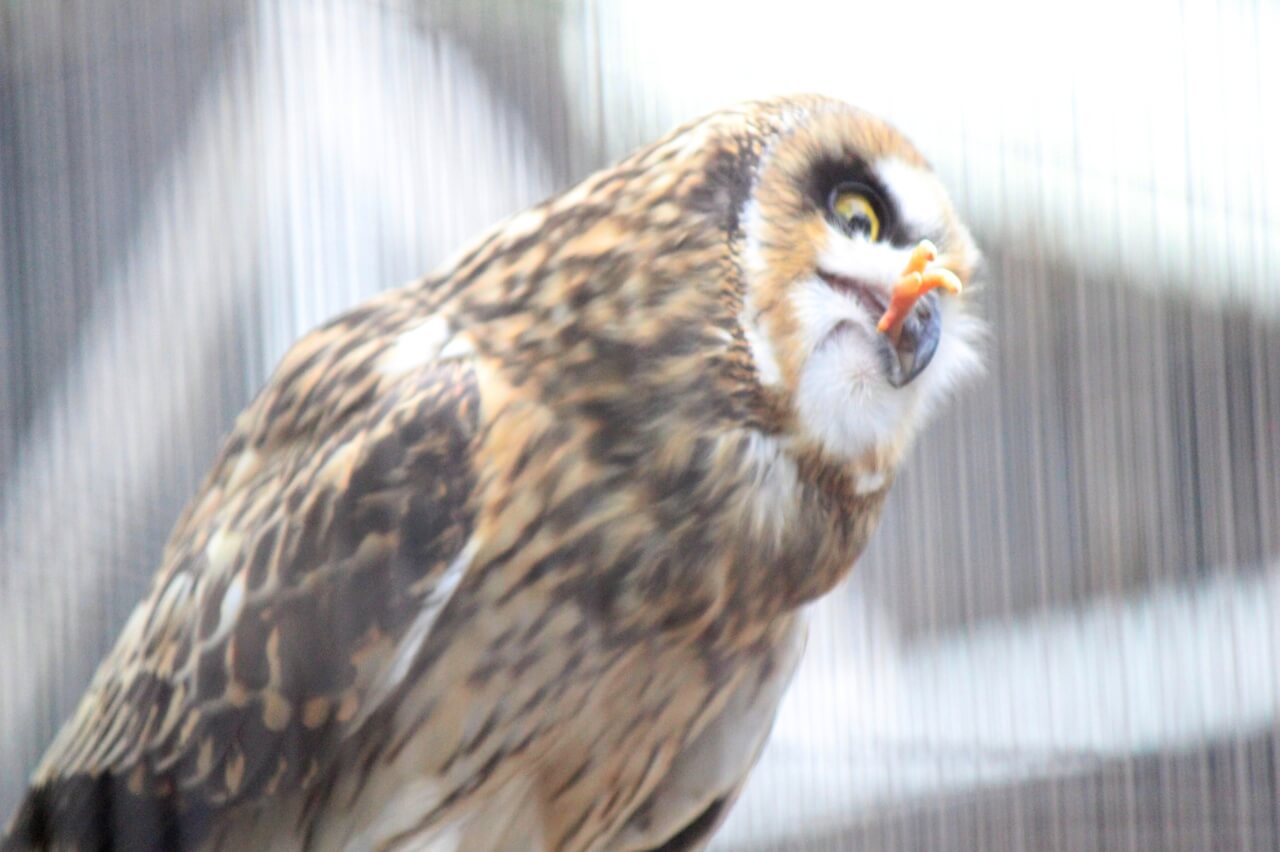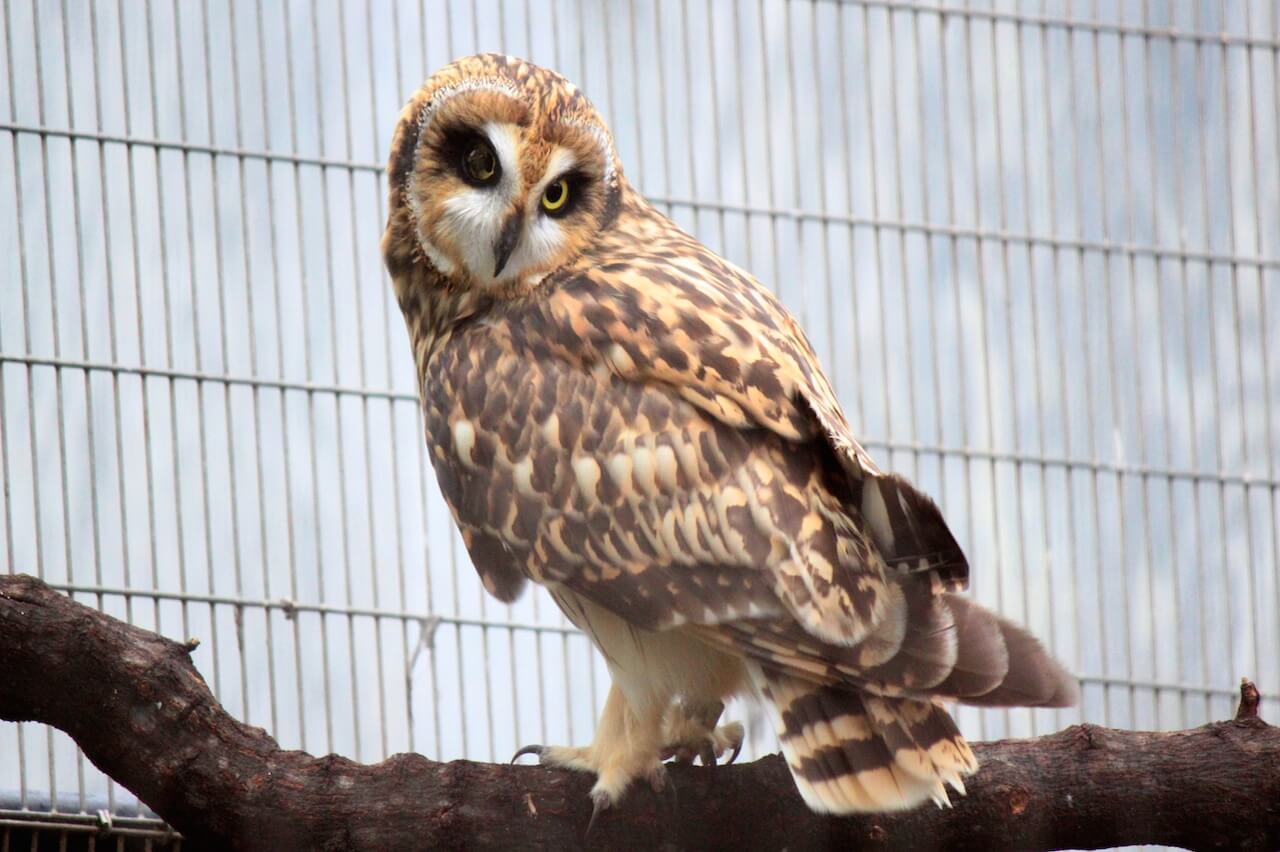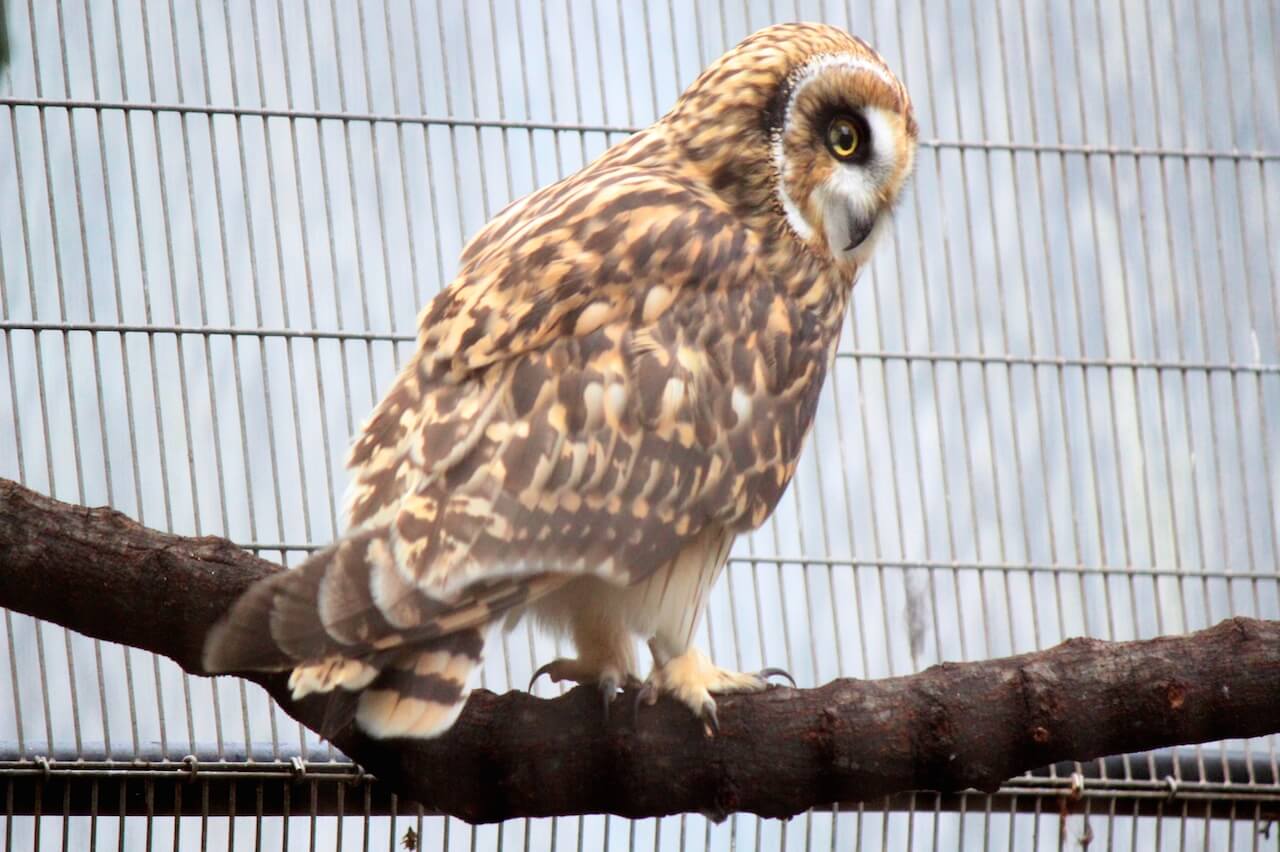asio flammeus sandwichensis
Hawaiian Short Eared-Owl (Pueo)
About Me
Scientific Name: Asio flammeus sandwichensis
Description
Pueo are easily distinguished from the introduced Barn Owl by their piercing yellow eyes and the mottled brown patterns across their head, wings, back and chest, as well as the white ring that frames their face. Feathers on this species extends down to their talons.
Fun Facts
Pueo set themselves apart from other owl species in that they are diurnal and hunt during the day, usually in the mornings and late afternoons.
Males perform aerial dance displays in order attract mates, and the nests are built on the ground.
Kingdom: Animalia
Phylum: Chordata
Class: Aves
Order: Strigiformes
Pueo are easily distinguished from the introduced Barn Owl by their piercing yellow eyes and the mottled brown patterns across their head, wings, back and chest, as well as the white ring that frames their face. Feathers on this species extends down to their talons.
Pueo are primary hunters of introduced mice and rats, and it is believed that it was the arrival of these small mammals through the Polynesians that allowed the Pueo to become established in the Hawaiian Islands.
Pueo can be found throughout the 8 main Hawaiian Islands at elevations from sea level to 8,000 feet in a wide variety of habitats. However, they favor grassland shrubland, and even urbanized park areas.
Pueo set themselves apart from other owl species in that they are diurnal and hunt during the day, usually in the mornings and late afternoons. Males perform aerial dance displays in order attract mates, and the nests are built on the ground.
Females have the responsibility of brooding and incubation, and it is up to the males to hunt and defend the nests. Chicks hatch one at a time to avoid extreme competition for food, and will leave the nest at about 2 months of age; sometimes before they even learn how to fly.
Although Short-eared Owls are globally listed as a species of Least Concern, the Hawaiian population of Pueo remains distinct and thus, is considered Endangered by the State of Hawaii. These birds are more resistant to human-caused changes compared to other native species, however, they are still susceptible to attacks from introduced dogs, cats, and mongooses, and are known to be frequent victims of vehicle strikes.
Makamae came to the Honolulu Zoo from the island of Kauai, where it was discovered that he had a damaged eye and may not survive in the wild. At the zoo, he is being glove-trained by his keepers and is regularly allowed to practice his amazing hunting capabilities on non-living food items.
Hawaii’s comprehensive wildlife conservation strategy. (2005). Honolulu, HI: Dept. of Land and Natural Resources.
Other Birds
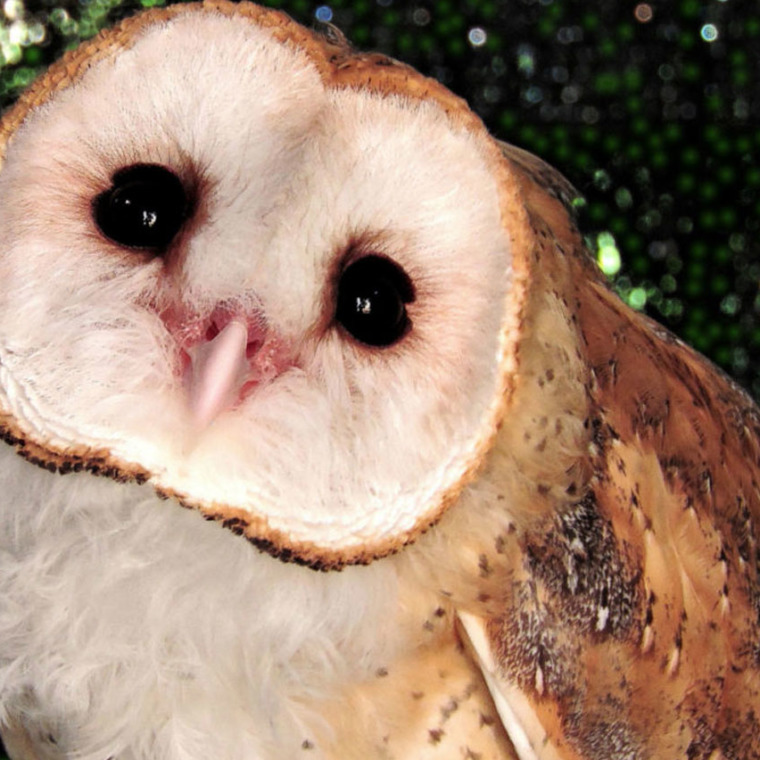
Barn Owls are found throughout the globe, in Europe, Africa, Asia, Austrailia, and the Americas
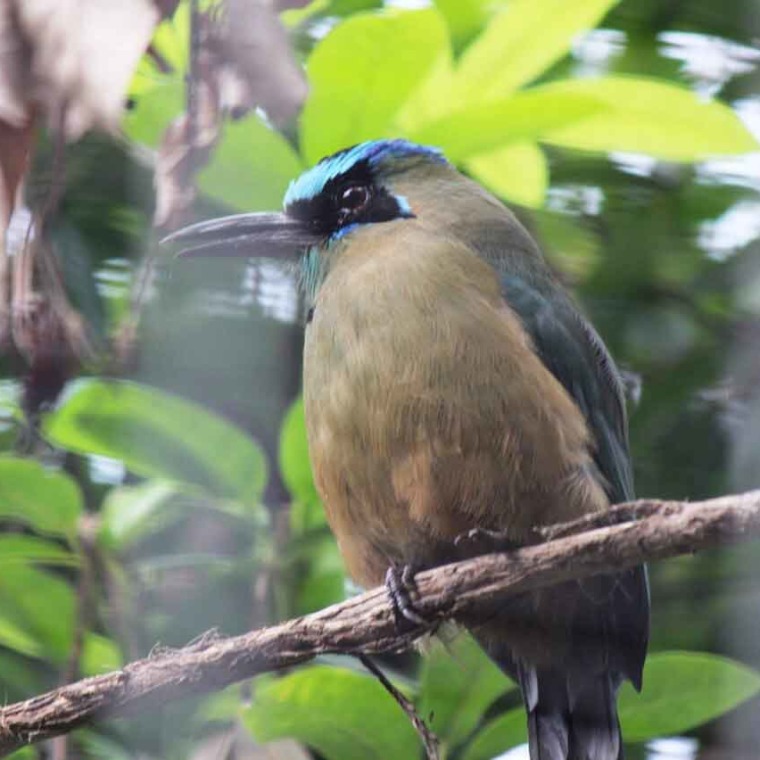
This animal can grow over a foot in length! Motmots possess a serrated beak and red eyes, with a black mask that encircles their heads.
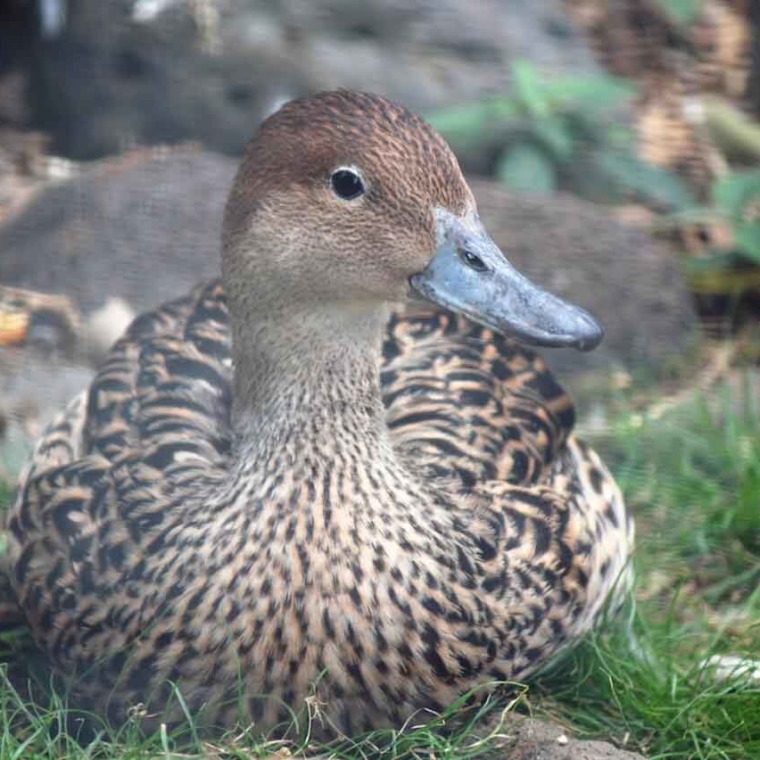
Koloa maoli are very secretive and difficult to observe except in protected areas such as Hanalei National Wildlife Refuge on Kauai.
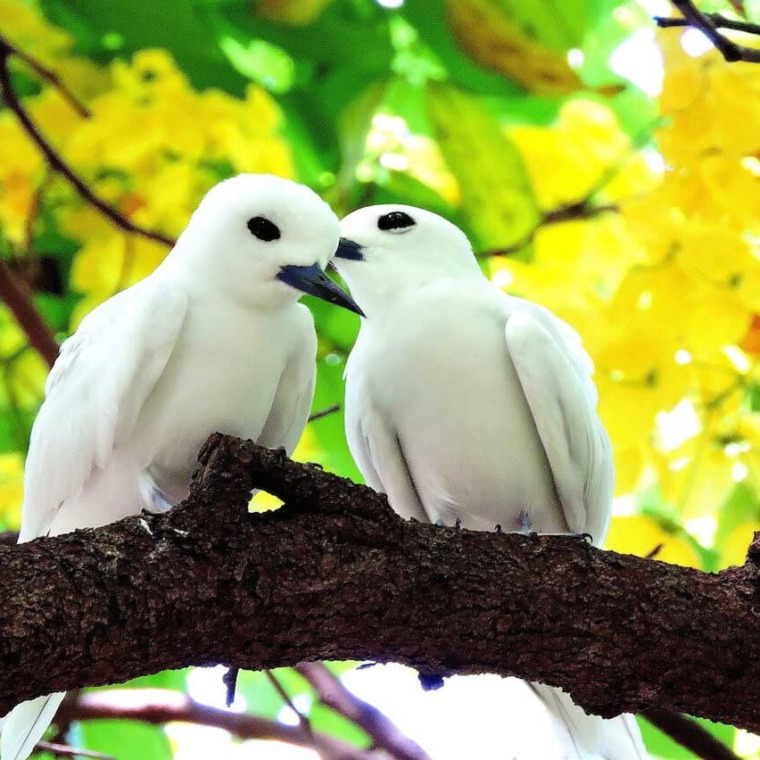
This bird is found primarily on islands, and has a wide ranger across the equatorial band of every ocean on Earth, save for the Arctic Ocean, which does not cross the equator.
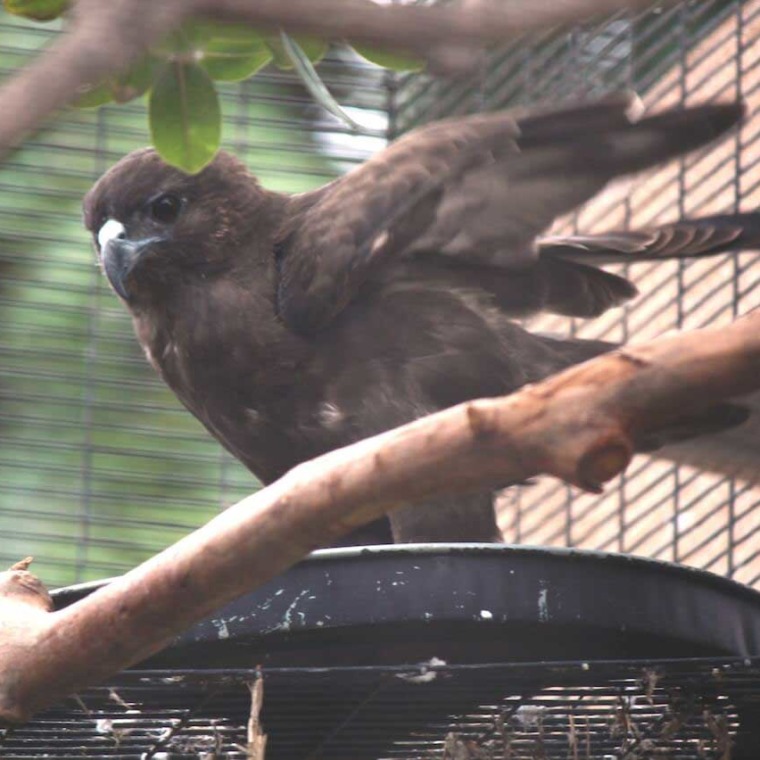
’Io prefer to hunt from tall perches that they use to survey their prey; however, they are known to dive at targets from mid-flight if the opportunity presents itself. are territorial and come together only to breed.


